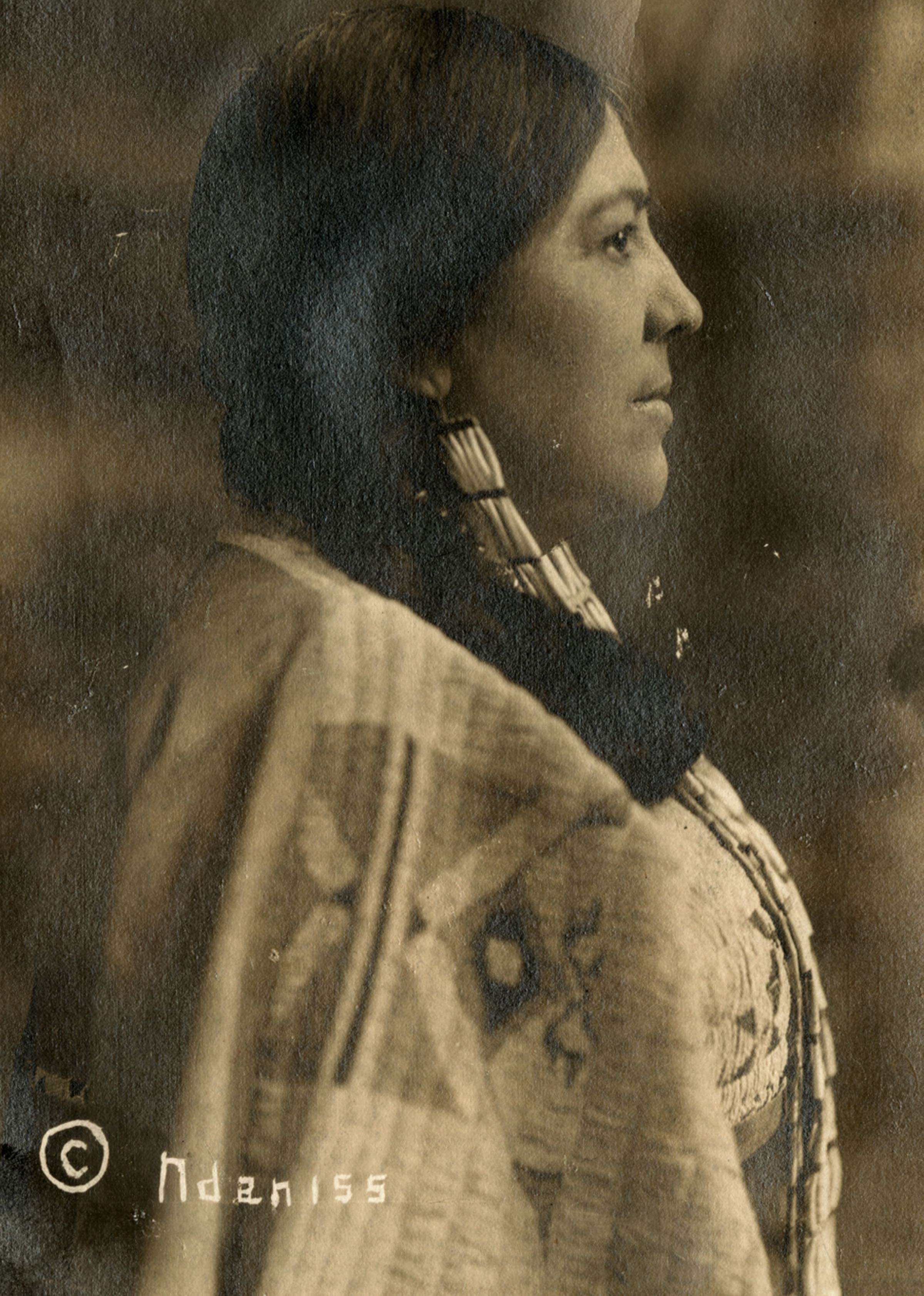Marie Louise Bottineau Baldwin
ca. 1911
Add to Favorites:
Add all page(s) of this document to activity:

Native American lawyer and suffragist Marie Louise Bottineau Baldwin was a prominent advocate on behalf of Native women and on Native Americans’ position in mainstream America.
As a clerk in her father’s law office, she moved with him to Washington, D.C., to help defend treaty rights for their tribe, the Turtle Mountain Band of Chippewa Indians of North Dakota. In 1904, President Theodore Roosevelt appointed Baldwin as a clerk to the Office of Indian Affairs (OIA). She was also a respected member and active speaker for the Society of American Indians (SAI). The SAI was often critical of the OIA and Federal policies encouraging assimilation, but initially Baldwin believed her position in the OIA allowed her to advocate for Native men and women. She would later change her stance.
In 1912, at the age of 49, after years of working for lawyers, she enrolled at Washington College of Law. She graduated in two years becoming the first woman of color and Native American to earn a law degree from the college. Continuing her political work, Baldwin marched in the 1913 woman suffrage parade in Washington, D.C., and shifted her message from assimilation to extolling the values of Native Americans.
As a clerk in her father’s law office, she moved with him to Washington, D.C., to help defend treaty rights for their tribe, the Turtle Mountain Band of Chippewa Indians of North Dakota. In 1904, President Theodore Roosevelt appointed Baldwin as a clerk to the Office of Indian Affairs (OIA). She was also a respected member and active speaker for the Society of American Indians (SAI). The SAI was often critical of the OIA and Federal policies encouraging assimilation, but initially Baldwin believed her position in the OIA allowed her to advocate for Native men and women. She would later change her stance.
In 1912, at the age of 49, after years of working for lawyers, she enrolled at Washington College of Law. She graduated in two years becoming the first woman of color and Native American to earn a law degree from the college. Continuing her political work, Baldwin marched in the 1913 woman suffrage parade in Washington, D.C., and shifted her message from assimilation to extolling the values of Native Americans.
This primary source comes from the Records of the U.S. Civil Service Commission.
Full Citation: Personnel File Photograph of Marie Louise Bottineau Baldwin; ca. 1911; Marie Baldwin; Official Personnel Folders-Department of the Interior, Bureau of Indian Affairs; Records of the U.S. Civil Service Commission, Record Group 146; National Archives at St. Louis, St. Louis, MO. [Online Version, https://www.docsteach.org/documents/document/marie-louise-bottineau-baldwin, April 23, 2024]Activities that use this document
- American Indian Voting Rights through History
Created by the National Archives Education Team
Rights: Public Domain, Free of Known Copyright Restrictions. Learn more on our privacy and legal page.



